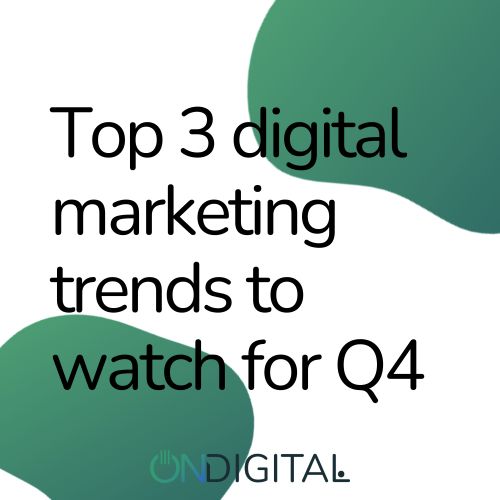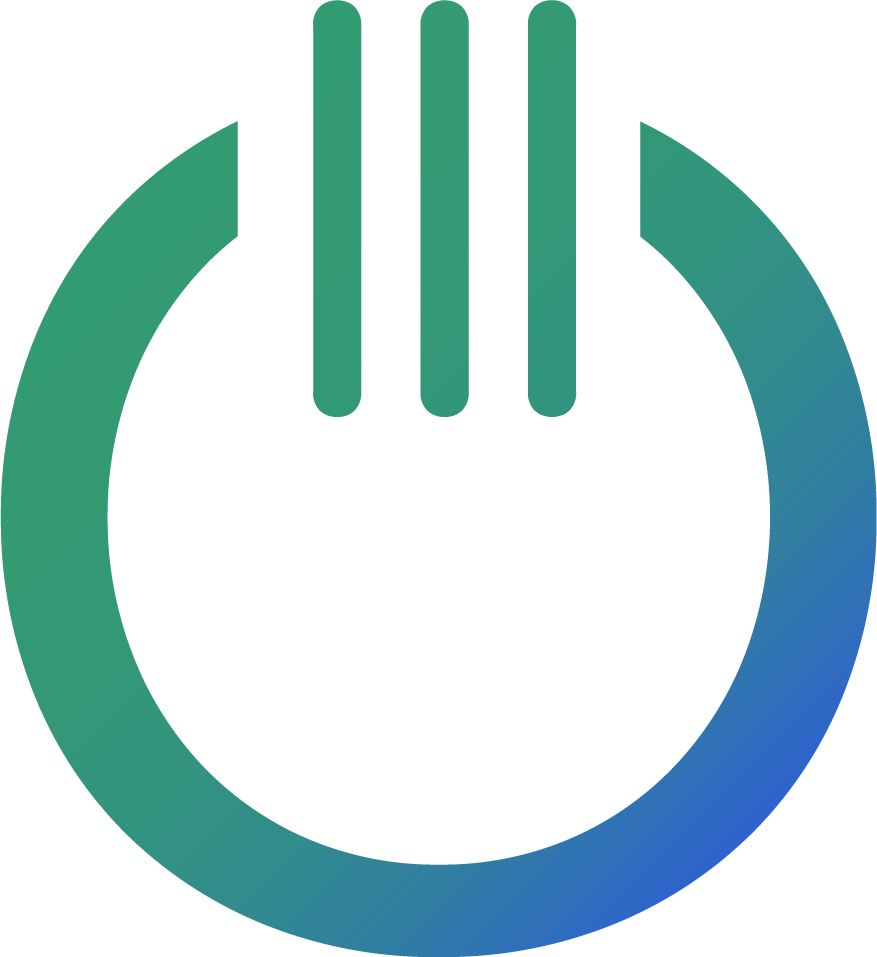3 Digital Marketing Trends to Watch for Q4

As we approach the final quarter of 2024, digital marketing strategies continue to evolve rapidly. With the fast pace of change, ecommerce businesses need to stay agile and seize new opportunities. In this post, we’ll explore three key trends that ecommerce companies should focus on for Q4 to drive sales and stay ahead of the competition.
1. Moving Your Ecommerce Store to Shopify
The shift to Shopify continues to gain momentum, especially as businesses seek more control and flexibility in their online stores. Shopify’s user-friendly interface, robust integrations, and scalability make it a prime choice for ecommerce owners. Here’s why this trend is something you should watch:
- Shopify’s in-built AI tools: Offer a significant boost for ecommerce businesses, especially when it comes to SEO and content creation. The platform’s AI helps you optimize your store for search engines, ensuring that your products and pages rank higher in search results. Additionally, it can assist in generating high-quality blog posts and product descriptions, saving you time while keeping your content fresh and relevant. With AI’s support, you can easily maintain a well-optimized store that attracts organic traffic without the need for external SEO experts or content writers.
- Scalability: As your business grows, Shopify’s infrastructure supports everything from small businesses to large-scale enterprises. Whether you’re launching a new store or migrating from another platform, Shopify offers the flexibility needed to scale.
- No code needed: One of the best features of Shopify is its intuitive, no-code platform. You can effortlessly update your store’s design, add new products, and make adjustments without needing a developer. This gives you full control and flexibility to manage your business on your own terms.
Tip for Q4: If you’re not already on Shopify, Q4 is the perfect time to migrate, given the rush of holiday traffic. Shopify’s ecosystem of apps, such as Ondigital.io’s FeedManager for streamlined product feed management, will give you a strategic edge.
2. Pinterest: The New Frontier for Ads and Organic Content
Pinterest has emerged as a powerful platform for ecommerce, especially when targeting niche audiences. If you’re not yet tapping into Pinterest’s potential, now is the time. With over 400 million users actively searching for inspiration, it offers a unique opportunity to engage customers both organically and through paid ads.
- High-Intent Users: Pinterest users often browse with the intent to discover new products or ideas, making it ideal for driving conversions.
- Visual Search: Pinterest’s emphasis on visual content is great for showcasing your products and driving traffic directly to your store.
- Lower Ad Costs: Compared to Facebook or Instagram, Pinterest ads often come with a lower cost-per-click, making it a cost-effective platform to experiment with.
Tip for Q4: Start building your organic presence on Pinterest by creating compelling, shareable content. Complement this with paid ads focused on key holiday products. Whether it’s gift guides or festive product collections, Pinterest is a great way to boost visibility for the holiday season.
3. AI-Driven Marketing Plans for Black Friday using ChatGPT and Smart Prompts
AI is rapidly changing how marketing plans are created, and Black Friday is the perfect time to take advantage of it. With tools like ChatGPT, you can generate everything from ad copy to entire marketing strategies with the right prompts.
- Content Creation: From email marketing to social media captions, ChatGPT can generate copy that resonates with your audience in seconds, saving you time and effort.
- Ad Optimization: AI can test various ad copy variations, optimizing for the best-performing ones in real time.
- Marketing Calendars: AI can generate a complete content plan tailored to your audience. Imagine having a schedule that tells you which emails to send, which social media posts to share, and when to launch specific ads, all optimized for engagement. This day-by-day structure ensures you maximize your reach during the busy holiday season, keeping your marketing organized and stress-free.
Use this promt to create a marketing calander:
Create a social media calander for [Your Media Platforms] for the rest of 2024.
I am a [Your role] in the digital marketing niche, specialized in [Your special niche]. My content pillars are [Your content pillars.] We sell [What you sell]. The company’s name is [Your companies name].
We want to post [Write how many times a week you want to post].
We want to post [Write what type of things you want to post, example reels, singel post and so on].
The target audience is [Write your target audience].
I want to strike a balance where 60% of my content is bringing value and 40% help sell our services and products.
Create a calander in table format. The first column is the date, second is the type of post (reel, carousel, singel post or newsletter), third column is the caption and fourth column is the supportive text used in the video, image or newsletter.
Conclusion
As Q4 approaches, adapting to these digital marketing trends can significantly boost your ecommerce business’s success. Whether you’re migrating to Shopify, leveraging Pinterest for ads, or using AI to streamline your Black Friday marketing, staying ahead of these trends will set you up for a profitable year-end.
Ready to make the most of Q4? At Ondigital.io, we offer a suite of digital services to help ecommerce businesses grow, including Shopify migration, Pinterest ad management, and AI-driven marketing strategies. Contact us today to see how we can support your business!

